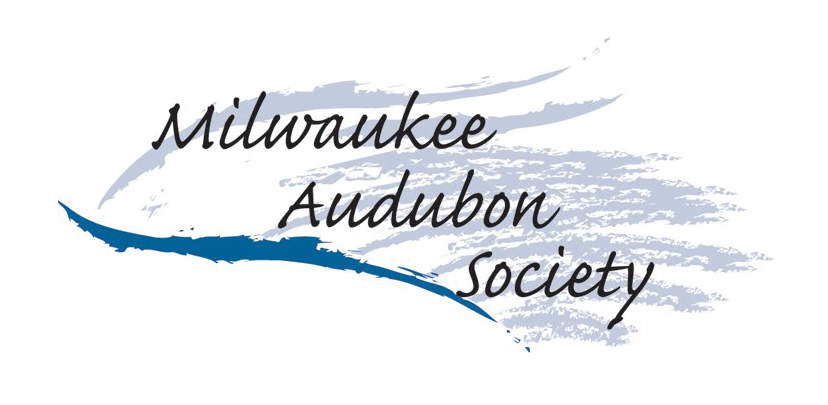We are grateful to our project partners who help us achieve our goals.
RiverEdge Nature Center
RiverEdge supports conservation through education that awakens curiosity, engages the body, and explores connections to nature for all generations. They are an instrumental collaborator on projects with MAS including Lizard Mound Park.
Kurt Sampson is a Registered Professional Archaeologist (RPA) who is past President of the Wisconsin Archaeological Society. Kurt has served as Milwaukee Audubon’s primary archaeological consultant beginning with the Kolterman Site and Buffalo Speaks Reserve. Kurt is the founder of the Wisconsin Effigy Mounds Initiative and has visited more effigy mound sites than any other living person. Kurt’s professional work has included collections inventory for Effigy Mounds National Monument, work with the Friends of Aztalan State Park, and consulting through Gathering Waters Archaeology LLC. Currently, Kurt is Curator of the Dodge County Museum. He is working with Milwaukee Audubon Society on hosting, in April, a Third Mounds Management Workshop, by invitation only, for professional mound site managers and land restoration experts. This workshop will generate expert vetting of management options for Lizard Mound Park.
MAS has worked with FUNDAECO (Fundación para el Ecodesarrollo y la Conservación) in Guatemala. A GoFundMe campaign raised $1,000 to help repair two Jeeps that they use to patrol their northern rainforest called "El Mirador."
MAS is cooperating with one of Mexico’s premier environmental organizations, CONANP (Comisión Nacional de Áreas Naturales Protegidas) in protecting the rainforest around the ancient Mayan ruins of Calakmul, on the other side of the border from the El Mirador rainforest of Guatemala.
Of the 101 birds that Board Member Peter Thornquist has recorded so far in the Greater Indian Prairie area of the Milwaukee River Valley, 44 winter in this very jungle! These include our rarely seen “species of local conservation interest” and they must be protected.





